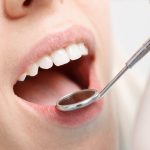Teething Timeline: When Do Toddlers Start Losing Teeth and What to Expect
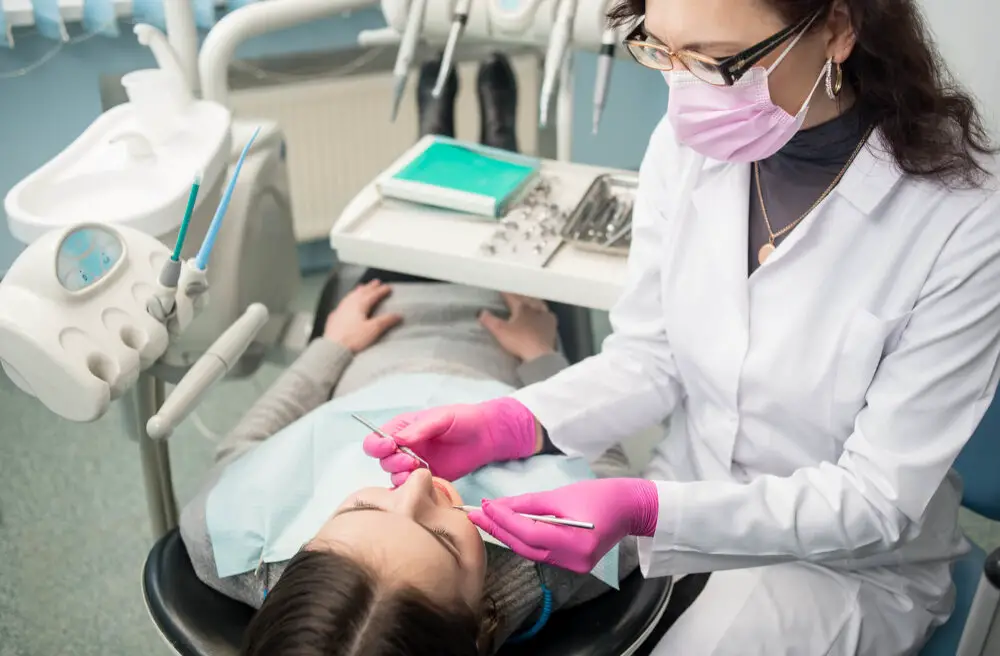
As parents, it’s common to wonder when your child will start losing their baby teeth, and what that process will look like. The teething timeline can vary from child to child, but there are some general expectations you can keep in mind. Knowing what to expect during the teething process can help you prepare your child for this milestone and make the experience as seamless as possible. Typically, children begin to lose their baby teeth around age six, but this can vary by several months or even years. The process will continue until around age 12 or 13 when all of the permanent teeth have erupted. During this time, your child’s mouth will undergo significant changes, and it’s essential to keep track of their progress to ensure their teeth are coming in correctly. In this guide, we’ll explore the teething timeline, what to expect during each stage, and how to keep your child’s teeth healthy throughout the process.
Teething is a natural developmental process that occurs in babies between the ages of 4 to 7 months, where their primary teeth start to emerge from the gums. This process can be uncomfortable for infants as new teeth push through sensitive gums, causing irritability, drooling, and even a low-grade fever. By the time a child reaches the age of three, they should have all 20 primary teeth. As they grow, these teeth will start to become loose and eventually fall out, making way for their permanent teeth. The timeline for losing baby teeth can vary, but it typically starts around the age of 6 and continues until the age of 12 or 13. During this time, children may experience some discomfort and excitement as they eagerly await the arrival of their adult teeth.
Understanding the teething timeline is crucial for parents to prepare for their child’s physical and emotional changes. It helps them to know when to expect the first teeth, when to anticipate the arrival of permanent teeth, and when to expect the baby teeth to fall out. Understanding the changes that occur during teething can also help parents to provide the necessary care and comfort to their child during this time. By being aware of the teething timeline, parents can anticipate their child’s discomfort and adjust their diet and activities accordingly. It is also important for parents to be aware of the signs of teething, such as drooling, biting, and irritability, so that they can take the necessary measures to provide relief. Overall, an understanding of the teething timeline can make the process less stressful for both parents and children.
Primary Teeth Development
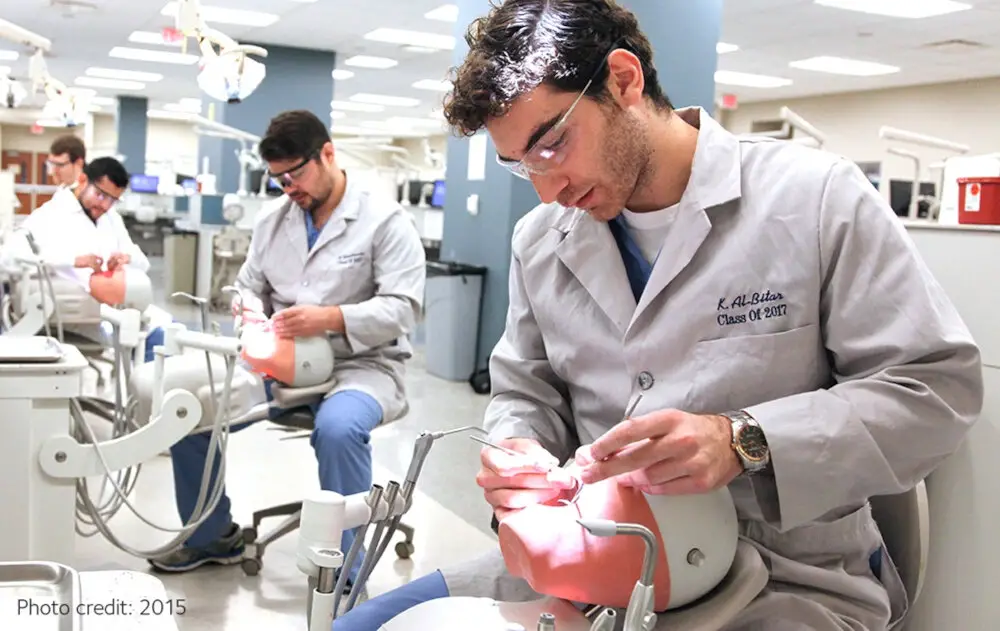
Primary teeth development is a crucial phase in a child’s life. It is the process of growing baby teeth, which are also known as milk teeth or deciduous teeth. This process starts during the prenatal period, but the teeth only begin to emerge when the child is between 6 to 12 months old. Primary teeth development is essential because it helps the child to chew food, develop speech, and maintain the proper alignment of permanent teeth. The teething timeline for primary teeth development varies from child to child, but on average, the process takes about two and a half years to complete. By the age of three, most children have a full set of primary teeth, which consists of 20 teeth in total. The first teeth to emerge are usually the lower front teeth, followed by the upper front teeth. The molars and canines come next, and the last teeth to emerge are the second molars. It is normal for children to experience discomfort and irritability during this process, but there are ways to alleviate their discomfort, such as using teething toys or giving them a cold washcloth to chew on.
Primary teeth, also known as baby teeth or deciduous teeth, are the first set of teeth that erupt in a child’s mouth. They typically begin to appear between six and twelve months of age, and by the age of three, most children have a full set of 20 primary teeth. These teeth are temporary and eventually fall out to make way for permanent teeth, which begin to emerge around the age of six. Primary teeth play an essential role in a child’s development, as they allow them to chew and speak properly, and they also provide a guide for the permanent teeth to follow. It is crucial to take care of primary teeth to prevent decay and ensure that they function correctly until they are naturally replaced.
The eruption of primary teeth, also known as baby teeth, follows a general timeline. The process typically begins with the lower central incisors erupting between 6-10 months of age, followed by the upper central incisors at 8-12 months. The lateral incisors typically erupt at 9-13 months, while the first molars come in between 13-19 months. The canines follow at 16-22 months, and the second molars appear between 25-33 months of age. While this timeline offers a general guide, it’s important to note that every child is different, and some may experience delayed or early eruption. Additionally, factors like genetics, nutrition, and overall health can influence the timing of tooth eruption.
As the first set of teeth start to push through the gums, toddlers may experience a range of symptoms during the teething process. Some common indicators of teething can include irritability, drooling, and biting or chewing on objects. The gums may become swollen and tender, causing discomfort and even pain. Additionally, some toddlers may experience a low-grade fever or disrupted sleep patterns during this time. While these symptoms can vary in severity and duration, it is important for parents to monitor their child’s teething progress and provide appropriate relief measures to help ease any discomfort.
Permanent Teeth Development
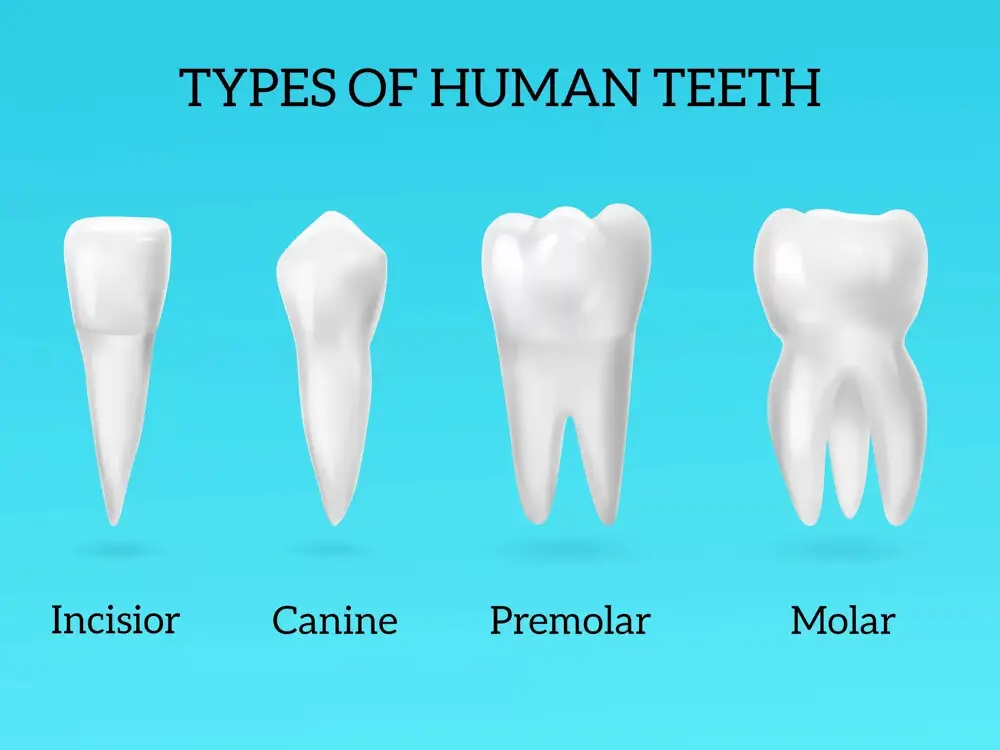
Permanent teeth development is a natural process that occurs in children between the ages of 6 and 12. During this time, children lose their baby teeth, and their permanent teeth grow in their place. The process of losing baby teeth and growing permanent ones is known as the teething timeline. The timeline can vary from child to child, but in general, it takes about six years for all of the permanent teeth to come in. The first permanent teeth to emerge are the molars, which usually appear at around age six. These teeth are larger and stronger than baby teeth and are designed to last a lifetime. As children continue to grow, their other permanent teeth begin to emerge, including their incisors, canines, and premolars. By the time children reach their teenage years, they should have a full set of permanent teeth. It is important for parents to monitor their child’s teething timeline and ensure that their teeth are growing in correctly. If there are any concerns, it is best to consult with a dentist to ensure that any issues are addressed promptly.
Permanent teeth, also known as adult teeth, are the second set of teeth that replace the primary teeth and develop during childhood. These teeth are stronger, larger, and more numerous than the baby teeth, with a total of 32 permanent teeth in most adults. The permanent teeth include incisors, canines, premolars, and molars, and are typically fully grown by the age of 21. These teeth are essential for proper chewing, speech, and maintaining the structure of the jaw. Although permanent teeth are meant to last a lifetime, they can be damaged or lost due to injury, decay, or disease, emphasizing the importance of proper dental care to maintain optimal oral health.
The timeline for permanent teeth eruption can vary, but generally, children start losing their baby teeth around the age of 6 or 7. The first teeth to fall out are usually the lower front teeth, followed by the upper front teeth. By the age of 12 or 13, most children have all of their permanent teeth, except for their wisdom teeth, which typically come in between the ages of 17 and 25. It’s important to note that every child is different, and some may experience earlier or later tooth eruption. Additionally, genetics can also play a role in the timing and order of permanent teeth eruption.
Primary teeth, also known as baby teeth, are the first set of teeth that emerge in a child’s mouth. These teeth typically begin to appear around 6 months of age and are fully developed by the age of 3. They are smaller and whiter than permanent teeth and there are 20 of them in total. On the other hand, permanent teeth are the second and final set of teeth that will develop in a person’s lifetime. They begin to emerge at around 6 years of age and are fully developed by the age of 21. There are 32 permanent teeth in total, including the wisdom teeth that typically emerge in late adolescence or early adulthood. Unlike primary teeth, permanent teeth are larger and have more complex shapes, with a yellowish hue due to the presence of dentin.
Losing Primary Teeth
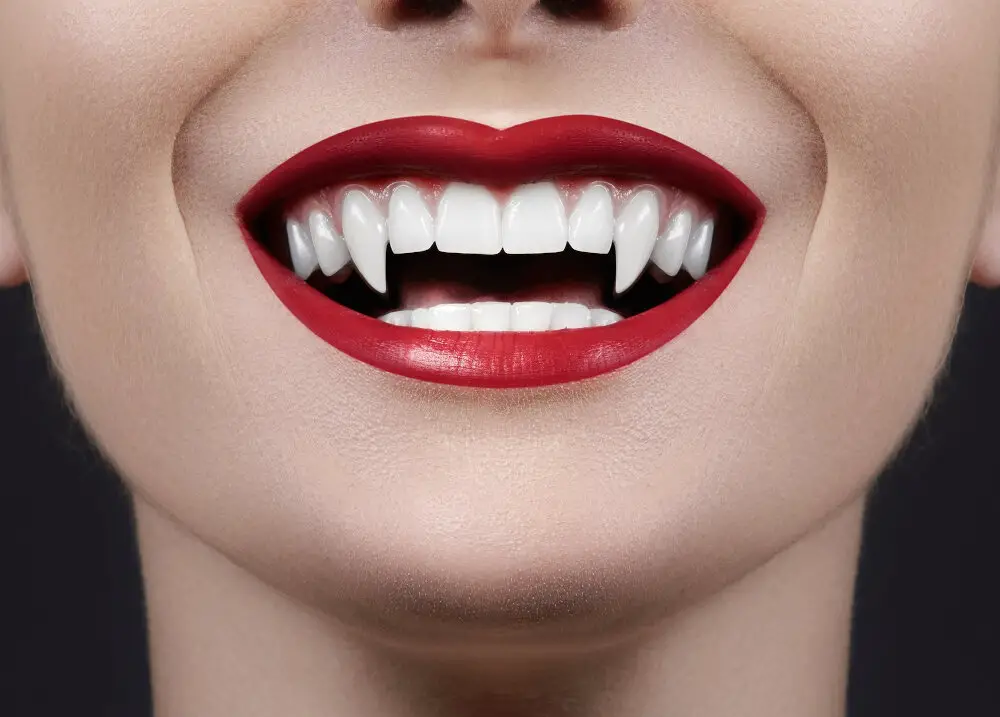
Losing primary teeth, also known as baby teeth, is a natural part of a child’s growth and development. This process typically begins around the age of six and can continue until the age of 12 or 13. As the permanent teeth begin to grow, the roots of the baby teeth start to dissolve, causing them to become loose and eventually fall out. Although losing primary teeth can be an exciting milestone for children, it can also be a stressful time for parents who may worry about their child’s dental health. It is important to note that losing primary teeth is a normal and necessary part of dental development. As the permanent teeth begin to take their place, they help to ensure that the child’s dental structure is healthy and strong. Parents can help their child through this process by encouraging good dental habits, such as regular brushing and flossing, and by making sure that their child sees a dentist regularly. Additionally, parents can help alleviate any anxiety their child may have about losing their teeth by explaining the process and reassuring them that it is a natural part of growing up.
The shedding of primary teeth, also known as baby teeth, is a natural process that occurs as a child’s permanent teeth begin to grow. Typically, the process begins around the age of six and continues until the child is around 12 years old. During this time, the roots of the primary teeth begin to dissolve, allowing them to become loose and eventually fall out. The order in which the teeth are shed can vary, but it usually follows a pattern starting with the front teeth and moving towards the back. As the new permanent teeth emerge, they push the primary teeth out, and the child will experience a mix of loose and permanent teeth. While the process can be uncomfortable, it is an essential part of dental development and lays the foundation for a healthy, beautiful smile.
The timeline for primary teeth loss is an important aspect of a child’s dental development. Typically, children start losing their primary teeth around the age of six, with the first teeth to fall being the lower front teeth. This process continues until the age of 12 or 13 when all primary teeth are replaced by permanent teeth. The order of tooth loss varies from child to child, but it usually follows a predictable pattern. Parents should encourage their children to maintain good oral hygiene habits during this time, as the newly emerging permanent teeth are more susceptible to decay. While the process of losing primary teeth can be scary for some children, it is a natural and necessary part of their dental development.
Primary teeth loss, also known as baby teeth loss, is a natural process that occurs when a child is around 6 to 12 years old. During this time, the roots of the baby teeth gradually dissolve and the teeth become loose, leading to common symptoms such as discomfort, swelling, and bleeding in the gums. Children may also experience increased drooling, irritability, and difficulty sleeping. As the baby teeth fall out, the permanent teeth begin to emerge, which can cause some discomfort and sensitivity. However, these symptoms usually subside as the permanent teeth settle into place. It is important for parents to monitor their child’s oral health during this time and encourage good dental hygiene habits to ensure healthy and strong permanent teeth.
Caring for Your Toddler’s Teeth

Caring for your toddler’s teeth is crucial to ensure that they have healthy teeth and gums as they grow up. The American Academy of Pediatric Dentistry recommends that parents start brushing their children’s teeth as soon as the first tooth appears, which is usually around six months of age. Use a small, soft-bristled toothbrush and a tiny dab of fluoride toothpaste to gently brush your toddler’s teeth twice a day. Make sure to supervise your child’s brushing until they are able to do it on their own, which is usually around age six. In addition to brushing, it’s important to limit sugary and acidic foods and drinks that can damage your toddler’s teeth. Avoid giving your child juice or sugary drinks between meals and instead offer water or milk. Also, try to limit your child’s intake of candy, cookies, and other sugary snacks. Encourage your child to eat a well-balanced diet that includes plenty of fruits, vegetables, and whole grains, which can help keep their teeth healthy and strong. By following these tips, you can help your toddler maintain good oral hygiene and prevent problems like tooth decay and gum disease.
Maintaining good dental hygiene is crucial for toddlers as it sets the foundation for a lifetime of healthy teeth and gums. Toddlers are particularly susceptible to tooth decay and cavities due to their developing teeth and habits such as frequent snacking and drinking sugary beverages. It is important to establish a routine of brushing and flossing as soon as the first teeth emerge and to supervise children during these activities. Parents should also limit sugary treats and encourage their children to drink water or milk instead of juice or soda. Regular visits to the dentist should also be part of the routine to detect any issues early on and ensure proper oral health. By establishing good dental habits early on, parents can help their toddlers maintain healthy teeth and gums for years to come.
Caring for your toddler’s teeth is an essential aspect of their overall health and well-being. To ensure your child’s teeth remain healthy, start by brushing their teeth twice a day with a soft-bristled toothbrush and fluoride toothpaste. Limiting sugary snacks and drinks and encouraging a balanced diet can also help prevent cavities and decay. Additionally, regular dental check-ups can detect any potential issues early on and prevent them from becoming more serious problems. Lastly, be sure to teach your child good oral hygiene habits early on, such as proper brushing and flossing techniques, to set them up for a lifetime of healthy teeth and gums.
It is important to visit a dentist regularly to maintain good oral health, but there are also specific times when it is crucial to schedule an appointment. For children, it is recommended that they see a dentist by their first birthday, as this allows for early detection and prevention of any potential issues. Additionally, if your child is experiencing any pain or discomfort during teething, it is important to schedule a visit to ensure that everything is progressing normally. As children begin to lose their baby teeth, it is important to continue regular check-ups with a dentist to monitor the growth of their adult teeth and ensure that any necessary interventions are taken to ensure proper oral development.
Teething is a crucial milestone in a toddler’s development that can be both exciting and challenging for parents. Generally, teething begins between 4 to 7 months old, and the first teeth to emerge are the lower front teeth, followed by the upper front teeth. By the age of 3, most toddlers have a full set of 20 primary teeth. However, around the age of 6, the baby teeth start to fall out, and permanent teeth take their place. This process continues until the age of 12 or 13, when all 32 permanent teeth have grown in. During this teething timeline, toddlers may experience discomfort, irritability, drooling, and mild fever, which can be managed with teething toys, gentle massages, and over-the-counter pain relievers. As a parent, it’s crucial to keep your child’s oral hygiene in check by brushing twice a day, limiting sugary foods, and scheduling regular dental check-ups.
Monitoring a toddler’s dental health is crucial for their overall well-being. It is important to establish good oral hygiene habits early on to prevent future dental problems. A toddler’s teeth are susceptible to decay, which can lead to pain, infection, and even tooth loss. Additionally, dental issues can affect a child’s speech development, nutrition, and self-esteem. By regularly monitoring a toddler’s dental health, parents can identify and address any potential problems early on. This includes regularly brushing and flossing their teeth, scheduling regular dental check-ups and cleanings, and ensuring a healthy diet that includes calcium-rich foods and limited sugar intake. Taking care of a toddler’s dental health sets them up for a lifetime of healthy teeth and gums.
If you have any concerns or questions about your toddler’s teething timeline, it is always best to seek professional help. A pediatric dentist can offer invaluable advice about what to expect and how to best care for your child’s teeth during this phase. Don’t hesitate to make an appointment if you notice any unusual symptoms, such as excessive bleeding or pain, as these could be signs of a more serious issue. Remember that seeking professional help is a sign of strength, not weakness, and can ultimately lead to a healthier and happier toddler.
Conclusion
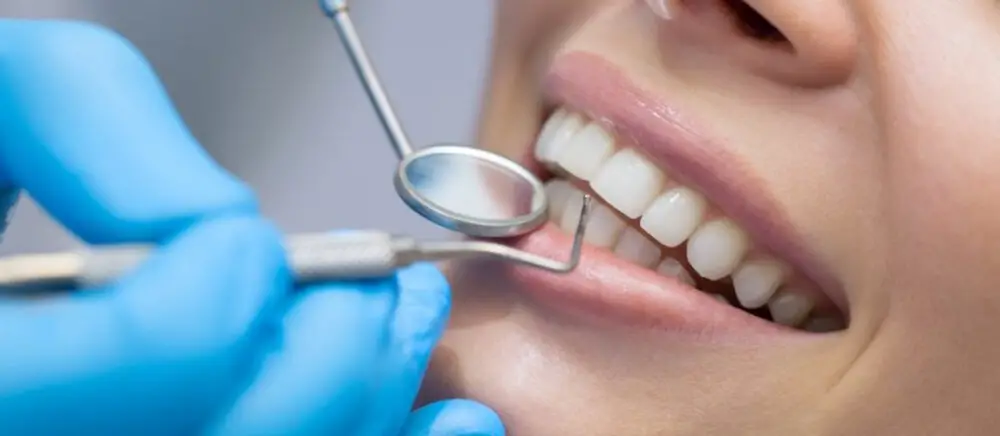
In conclusion, the teething timeline is a significant developmental milestone for toddlers, as it marks the beginning of their transition from baby teeth to permanent teeth. Although the timeline varies from child to child, it is generally expected that children begin to lose their baby teeth between the ages of five and seven. During this period, parents should expect some discomfort and pain for their child, but there are several techniques and remedies that can alleviate the symptoms. It is essential to monitor the process closely, maintain good oral hygiene, and seek professional help if necessary. Overall, the teething timeline is a natural and exciting part of a child’s growth, and parents can make it a positive experience by being supportive and attentive to their child’s needs.


